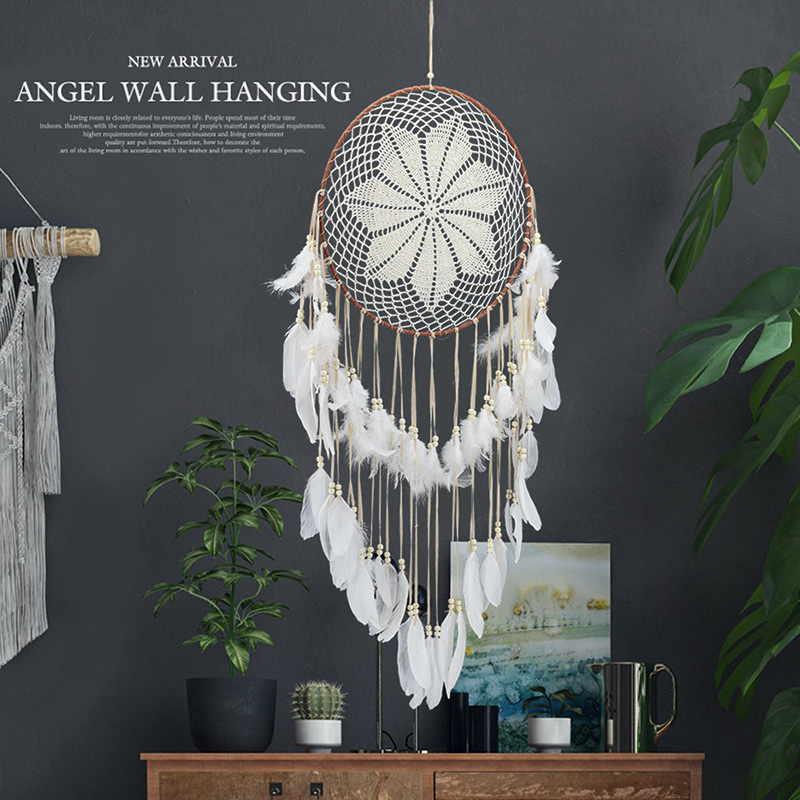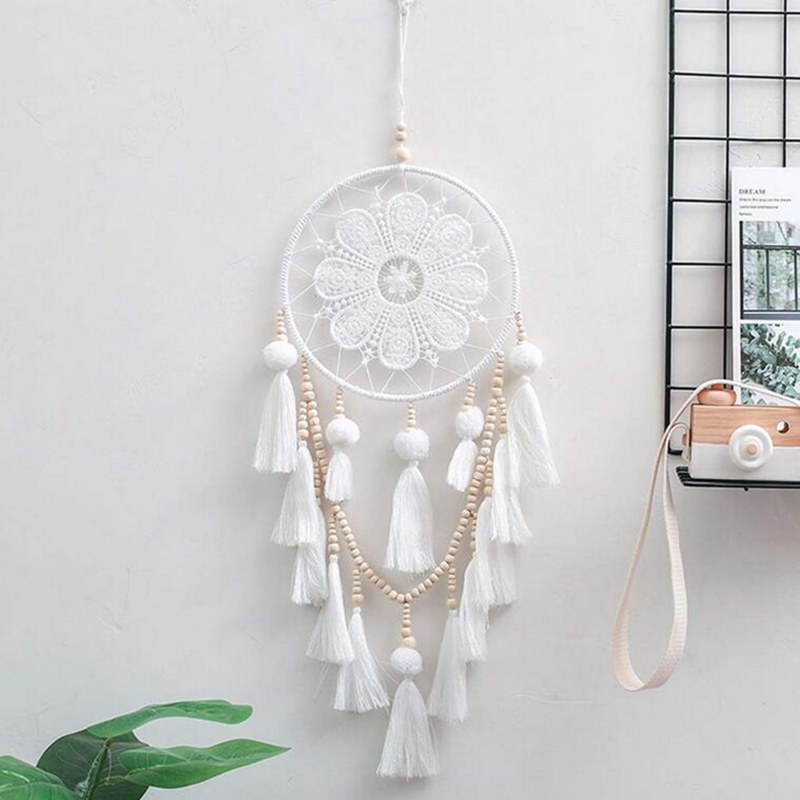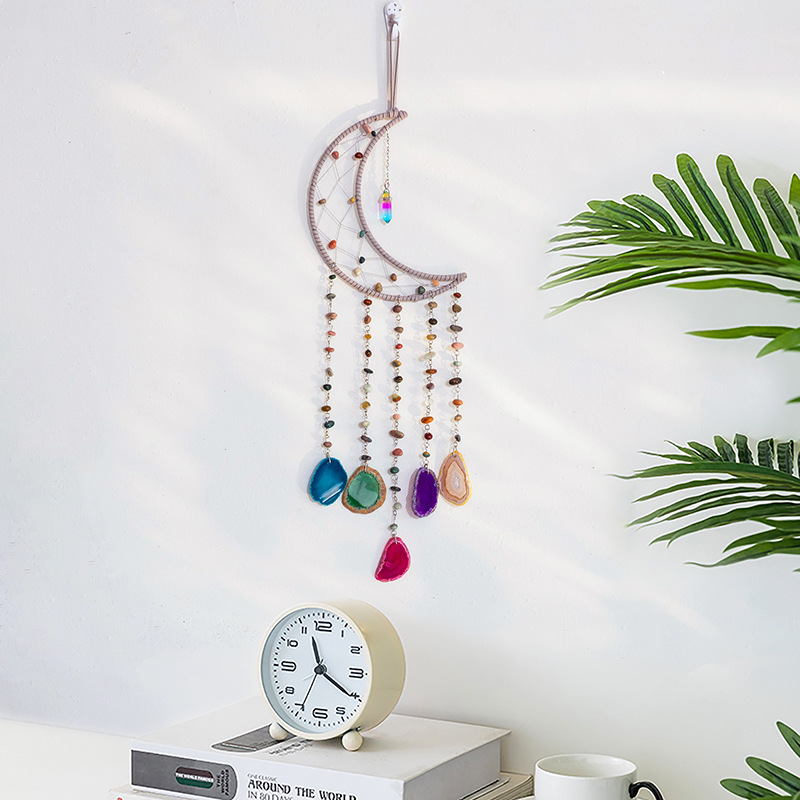Dreamcatchers
Unraveling the Mystique of a Cultural Artifact
Dreamcatchers have transcended their traditional roots to become a global symbol of mysticism and protection. Originally created by Indigenous peoples of North America, particularly the Ojibwe (Chippewa) tribe, these woven artifacts are steeped in rich history and profound meaning. This comprehensive exploration delves into the origins, evolution, and cultural significance of dreamcatchers, as well as their modern adaptations and the proper respect for their cultural origins.
The Origins of Dreamcatchers
Dreamcatchers trace their roots back to the Ojibwe people, who inhabited the area around Lake Superior. These indigenous people believed that the night air was filled with both good and bad dreams. The original name for a dreamcatcher, “asabikeshiinh,” translates to “spider,” referring to the web woven by a spider, a figure that represents wisdom and protection in their culture.
According to an Ojibwe legend, the Spider Woman, known as Asibikaashi, took care of the children and the people of the land. As the Ojibwe nation spread to the corners of North America, it became difficult for Asibikaashi to reach all the children. Therefore, mothers and grandmothers would weave magical webs for the children, using willow hoops and sinew, or cordage made from plants.
The Symbolism of Dreamcatchers
The dreamcatcher is a powerful symbol within Native American culture. Its design—a circle with a woven net or web inside and typically adorned with various feathers and beads—holds specific meaning:
- The Circle: Represents the circle of life and the travel of the sun and moon across the sky.
- The Web: Catches the bad dreams during the night and disposes of them when the day comes.
- Feathers: Serve as a fluffy, pillow-like ladder that allows good dreams to slide down gently into the sleeper’s mind.
The traditional dreamcatcher was intended to protect the sleeping individual from negative dreams, while letting positive dreams through. Positive dreams would slip through the hole in the center of the dreamcatcher, and glide down the feathers to the sleeping person below. Negative dreams would get caught in the web, and expire when the first rays of the sun struck them.
The Making of a Dreamcatcher
Creating a dreamcatcher involves several steps that reflect a deep, spiritual practice:
- Forming the Frame: Traditionally made from a bent Red Willow branch, the frame is crafted into a circle representing the circle of life.
- Weaving the Web: A thin thread, traditionally made from sturgeon’s back sinew, is used to weave the web. The weaving process starts from the outside, moving in a spiral towards the center.
- Decorating: Beads, feathers, and sometimes precious stones are added not only for decoration but also for their spiritual significance. Feathers from owls and eagles, for example, are considered sacred and are meant to help the passage of good dreams.
Modern Interpretations and Commercialization
Today, dreamcatchers have become a popular cultural item beyond their origins. They are found in many parts of the world, crafted from a variety of materials, and used for different purposes, including home décor and spiritual practice. However, this popularity has also led to commercialization and a departure from their traditional and sacred use.
Many Native Americans continue to emphasize the importance of respecting the cultural significance of dreamcatchers. They encourage those who make or buy them to understand their origins and meanings, rather than merely using them as decorative items.
Ethical Considerations and Cultural Respect
As dreamcatchers have entered mainstream culture, it’s important to approach them with respect for their origins. Purchasing dreamcatchers directly from Native artisans or stores that ensure fair compensation and respectful representation of their cultural significance can make a significant difference. This not only helps preserve the cultural heritage but also supports the economic welfare of the Indigenous communities.
Conclusion
Dreamcatchers embody the spiritual depth and artistic skill of the Native American cultures that created them. They remind us of the importance of good dreams and protecting oneself from negativity. As dreamcatchers continue to charm people around the globe, they serve as a bridge between modern life and ancient traditions, inviting us to explore and respect the rich cultures they originate from. By understanding and honoring their origins and meanings, we can appreciate dreamcatchers not just as art, but as an integral part of living cultural traditions.



